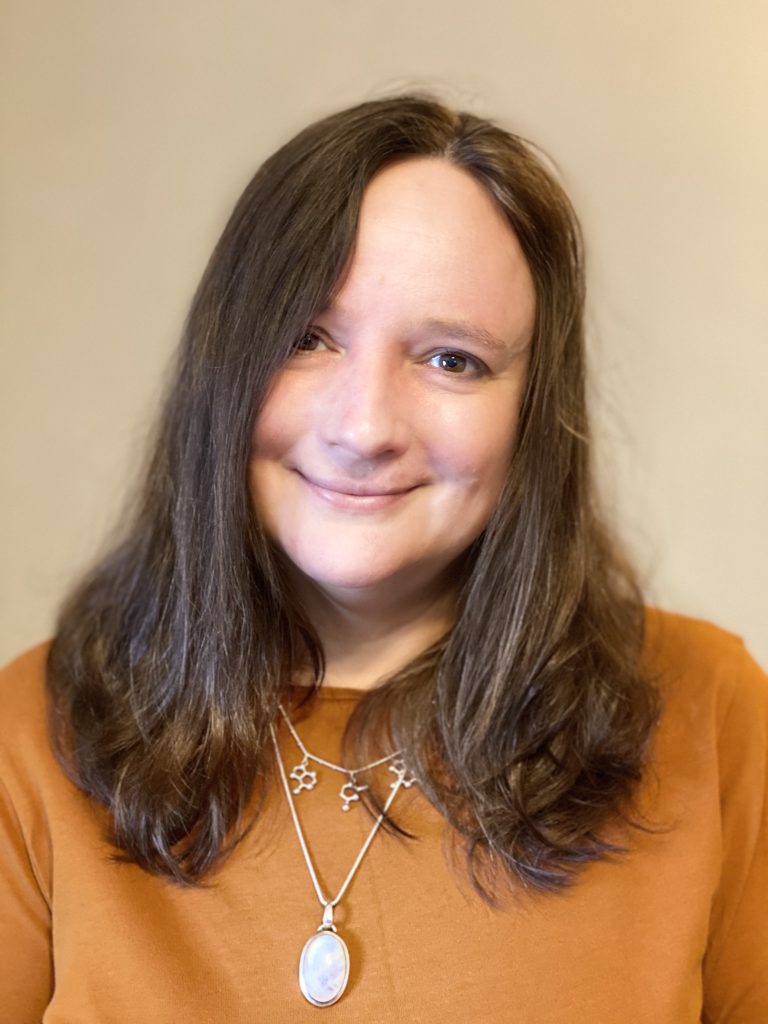Published November 2020

When we talk about ageing, people often highlight the external signs. But there’s plenty more going on inside our bodies as we get older.
Worn-out senescent cells accumulate within our tissues, pumping out inflammatory chemicals – a phenomenon known as SASP (Senescence-associated secretory phenotype). In turn, these chemicals are thought to alter how cells function, triggering conditions of ageing such as heart disease, lung fibrosis or osteoarthritis.
Around ten years ago we discovered that an important group of around 150 genes known as splicing factors are dysregulated as we age. Splicing factors encode molecules that enable cells to switch between making different versions of the same gene, a bit like switching between making a chocolate and a vanilla version of the same cake recipe.
We suspected that there might be a connection between SASP and splicing factors in ageing, so in 2013 we applied to the DMT for a research grant in order to investigate further.
By serendipity we had discovered a new cause of cellular ageing that we could drug to make cells rejuvenate, so we went after it.
Professor Lorna Harries
When we talk about ageing, people often highlight the external signs. But there’s plenty more going on inside our bodies as we get older.

Worn-out senescent cells accumulate within our tissues, pumping out inflammatory chemicals – a phenomenon known as SASP (Senescence-associated secretory phenotype). In turn, these chemicals are thought to alter how cells function, triggering conditions of ageing such as heart disease, lung fibrosis or osteoarthritis.
Around ten years ago we discovered that an important group of around 150 genes known as splicing factors are dysregulated as we age. Splicing factors encode molecules that enable cells to switch between making different versions of the same gene, a bit like switching between making a chocolate and a vanilla version of the same cake recipe.
We suspected that there might be a connection between SASP and splicing factors in ageing, so in 2013 we applied to the DMT for a research grant in order to investigate further.
An accidental discovery
The main aims of the grant were to see how the SASP chemicals secreted by senescent cells affected splicing factors, and whether this was associated with the harmful changes we see during ageing.
As part of our experiments, a post-doc in the lab – Dr Eva Latorre – was testing what happened when she put certain molecules that were meant to interfere with splicing factors onto senescent cells. Incredibly, she found that the cells had rejuvenated – a completely unexpected finding! By serendipity we had discovered a new cause of cellular ageing that we could drug to make cells rejuvenate, so we went after it.
As a scientist you hope that your discoveries are going to contribute to the greater good in some way at some point, but I never believed I’d be the co-founder of a company and we’d be looking at having treatments in the clinic within my career.
Professor Lorna Harries
We also started looking in different tissues that are affected by ageing, such as heart muscle and blood vessels, which lead to heart disease, and astrocyte brain cells, which are implicated in dementia. Again, we saw that splicing factors were dysregulated, with people who go on to develop heart disease or dementia having lower levels of these molecules than those who don’t.
It was a long journey to publish our findings. We ended up going to many different journals, as at the time it was widely believed that senescent cells couldn’t be rejuvenated. Eventually our paper came out on a Friday afternoon, and by Monday morning we had interest from potential investors. I was just excited we found a new mechanism for ageing. It never occurred to me that it would be of interest to anyone beyond the ageing research community.
Translating discoveries into therapies
In order to turn this knowledge into anti-ageing therapies that could benefit patients, we set up a company, SENISCA. By March 2021 we had secured £1.3 million to fund the next phase of research, as well as patenting our discoveries in seven international territories.
Our approach is to use short stretches of DNA, known as oligonucleotides, to manipulate the levels of splicing factors, or individual splicing events, inside cells and reverse senescence. The first diseases we’re targeting include idiopathic pulmonary fibrosis – a type of lung disease – as well as osteoarthritis and age-related macular degeneration. Our hope is that one day we will have viable treatments that can cure these devastating diseases of ageing.
As a scientist you hope that your discoveries are going to contribute to the greater good in some way at some point, but I never believed I’d be the co-founder of a company and we’d be looking at having treatments in the clinic within my career.
The support and flexibility of the DMT has been vital to the success of this project on the long and winding journey from the lab bench towards the patient bedside. Science evolves and the things you think will be interesting when you start aren’t necessarily where you end up, so I am thankful to the DMT for putting faith into the project.
None of this would have been possible without DMT’s support – it was a relatively modest grant, but if we hadn’t had the money from them to move our research forward I don’t think we’d be where we are today.
Find out more
You can read more about SENISCA and the investment secured for its pioneering anti-ageing technology.

